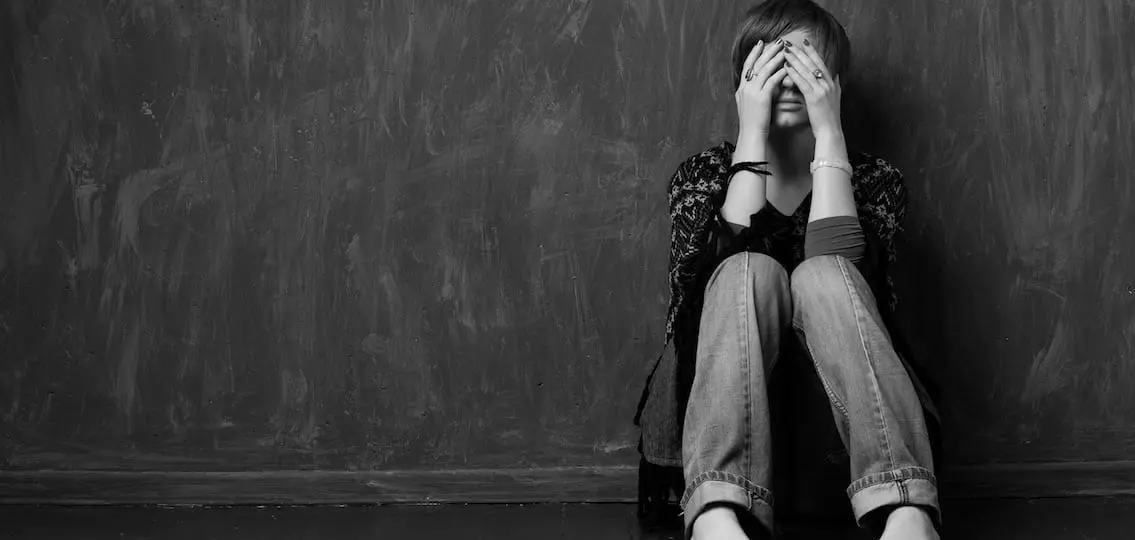I wish my father were here to face the music: to be held accountable for his rage-filled outbursts and stripped of the three belts he always had ready to unleash on me. As an adult, I also recognized my mother’s culpability in provoking his tirades and not protecting her children.
No one ever came.
My Domestic Violence Experience
I no longer see myself as a victim; I do see how my survivorship inspires others. As a clinical social worker and psychotherapist, I work to provide a trusting, safe environment for children and adults undergoing traumatic situations, like domestic violence.
Domestic violence can be physical, sexual, emotional or a combination of all three. Violence, experienced once or more than once, teaches victims to live in a state of fear, stress and terror. The unpredictability of “a next time” looms large as victims wait and watch.
Children, teens and adults may look fine to the outside world, while experiencing terrible pain on the inside. Abusers pressure victims to keep the family secrets, and oftentimes, silence makes more sense than reporting. Threats of reprisal, reinforced by follow-through, render victims reluctant to report. Many times, it is unsafe to talk about abuse. Feelings of shame, self blame, worthlessness and powerlessness complicate the choice for victims to speak out.
Teens In Abusive Homes
Affluent communities, previously sheltered by a myth of exception, have stepped up in the last two decades with domestic violence programs to expose that they aren’t exempt. Higher education is also no shield to abuse. Book smarts have precious little to do with people’s inability to manage stress.
It is unchecked stress that can lead to an abusive cycle: tension building and tension peaking with violence, followed by abuser remorse. The pattern is complicated and confusing, especially to children. Children and teens develop healthy minds in environments of safety, stability and predictability. Abusive homes are rampant with chaos and uncertainty.
Bruises and broken bones may be hard evidence of abuse. While deniable, they usually garner the attention of authorities. Soft symptoms (stomach aches, headaches, sleep disturbance, bedwetting, anger, distractibility, absence form school, etc.) are more subtle signs of abuse. However, they are “red flags” when chronic.
Many teens try to solve their own problem or be their friend’s protector; however, those suffering from abuse need a team of support. Teens who are being abused have no voice and no mobility. They deserve and need our protection. Abusers also deserve and need psychological help. Sadly, many are former victims of abuse themselves.
While I love the message of peace in the Beatles’ song, “Let It Be,” please don’t. There are many ways to heal, but safety must first be established before recovery can begin. It is not okay to hurt or be hurt. Tell someone.




